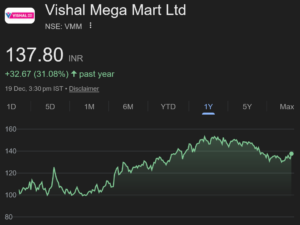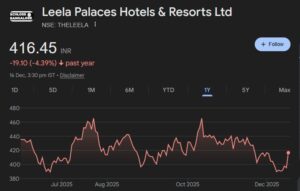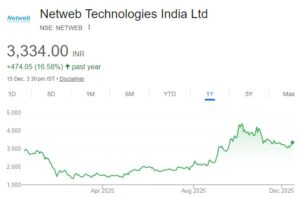
Maharashtra Seamless’ reputed promoters (O. P. Jindal group), high ROCEs (ranging from 30% to 22% over the years) and low valuations (P/E ranging from 13 to 8) enticed a number of savvy investors like Reliance Mutual Fund, Blackrock, Templeton, Religare etc to entrust large sums of capital with it. After all, how often do you get a chance to load up on a high ROE stock at low P/E?
However, one man could see that investors were being misled by the fantastic profitability ratios and low valuations. The valuations were low for a reason. The high profitability ratios had come about due to a non-recurring event. Surprisingly, none of the so-called savvy investors paid attention to this elementary fact.
In a note dated 13th August 2013, Prof. Sanjay Bakshi cautioned investors against investing in Maharashtra Seamless. “This company’s past high profitability ratios cannot be relied upon to predict future operating performance because past profitability was caused by protection from competition in the form of anti-dumping duties” the Prof said in a prophetic tone.
The Prof emphasized that there was considerable deterioration in the operating performance. Though the ROCE as of March 2012 was high at 22.49%, it had slumped from 31.88% in March 2006.
The stock was/is on a downward spiral, slowly and steadily. Its poor performance was because of its inability to compete with cheap imports, he added.
“We avoid investing in businesses which have to depend on protection from competition in the form of anti dumping duties because such policies can easily be changed which can have a major effect on the financial performance of the company”, the Prof concluded in a grim tone.
Today, two years after he wrote the note, the Prof revisited the topic with a pithy tweet:
A business that needs crutches is a value trap. Like this one I used to like. Changed my mind. http://t.co/HnnxjkfVdq pic.twitter.com/KKG9jOb0Y0
— Sanjay Bakshi (@Sanjay__Bakshi) May 3, 2015
(A business that needs crutches is a value trap. Like this one I used to like. Changed my mind. http://bit.ly/1JJQNEo pic.twitter.com/KKG9jOb0Y0)
The Prof also provided a chart which revealed that over the past five years, Maharashtra Seamless has lost 46% while the Nifty has gained 54%.
Now, there is an important lesson in this for us. In our obsession for finding “cheap” stocks, we shun high growth stocks only because they are quoting at a high P/E. Instead, if we spot a “cheap” stock, we pounce on it without bothering to understand why the stock is so cheap and whether it has any growth potential. After holding the stock for several years, we realize our folly. However, by then it is too late.
Instead, a more sensible strategy is to focus on finding stocks which enjoy a dominant brand, low cost advantage, competitive benefit, entry barriers, etc and which will enjoy the advantages for several years to come. Even though these stocks will never come “cheap”, they are well worth the price because of the growth and longevity of their earnings. The magic of compounding ensures that the gains grow disproportionately as the years go by.
In his latest talk, Prof. Sanjay Bakshi called this formula “the secret sauce for finding multi-bagger stocks”.
In fact, Prof. Sanjay Bakshi and Basant Maheshwari were at pains to emphasize that we must not confuse high P/E stocks with “costly/ expensive” stocks. A high growth stock quoting at a high P/E may actually be cheaper than a low growth stock quoting at a low P/E, both stalwarts emphasized.
So, the moral of the story is that if we want to prevent our portfolio from being saddled with “multi-beggar” stocks like Maharashtra Seamless, it is better to buy quality stocks even though they cost a pretty penny.






First article that makes sense. Thanks
But why did not listen to him in August 2013?
One of MOSL wealth creation study has nicely depicted this via growth-vs-ROE matrix. High ROE, low growth stocks are “growth trap”, when they come with low pe they turn into a “value trap”. At any day, at any pe, these are traps, and one cant expect multibagger return from them unless there is a super huge margin of safety present in price.
Growth less quality is illusory at best for creating wealth.
Another stock which currently enjoying anti dumping duty benefits which may or may not be extended is LA OPALA RG LTD .
Another category of stock which shows high ROCE are turning around from BIFR which again misleading ratio in this case.
Nice article. However, this is the tricky bit for a retail investor. It is very difficult to know what is causing the company’s ROEs to deteriorate. And I guess the management will never state that increased competition is causing ROE erosion.
Here the big boys seems to have an unfair advantage over the small boys.
And if the big boys made the mistake of buying into this stock, imagine what the small boys would do. 🙂
High RoE/RoCE, low growth. Does Hawkins not fall in the same category?